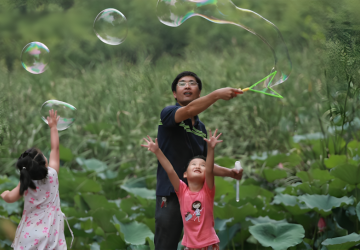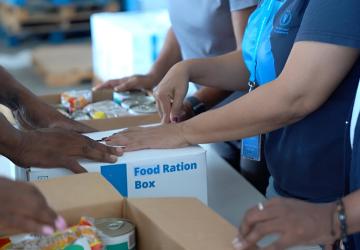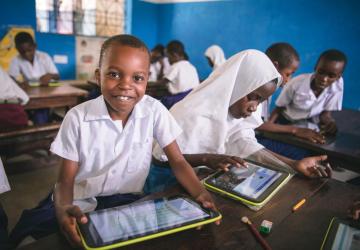Through the years: Young people shape sustainable development in Timor-Leste
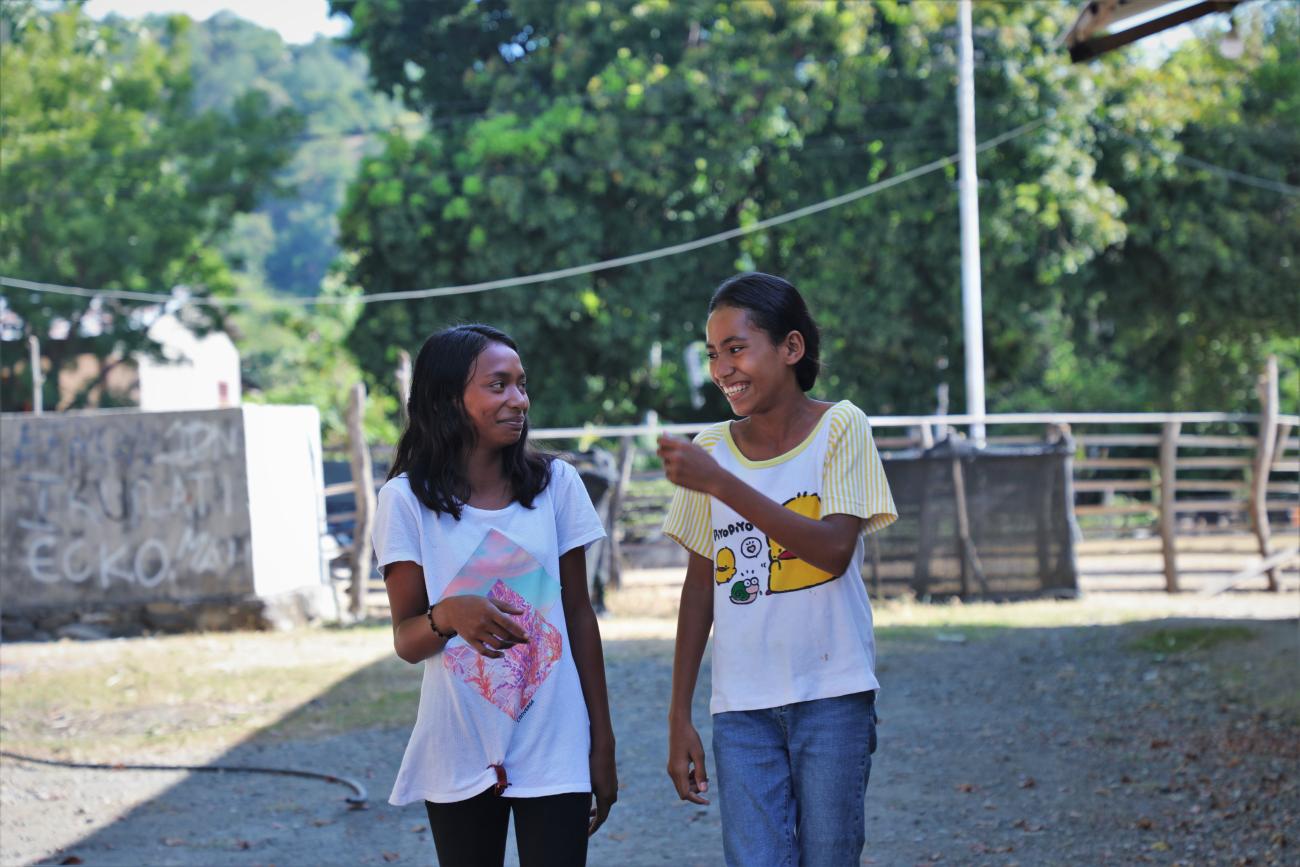
In 2002, a group of young people in Timor-Leste were asked to look ahead into the future and write down on a postcard what they hoped their country could achieve by the year 2020.
Twenty years later some of these postcards were retrieved from the time capsule, revealing the hopes and ambitions of a previous generation of young voices across Timor-Leste.
From visions of a peaceful and just country, to demands for strong democratic institutions, improvements to homes and living standards and an expansion of job opportunities, these young people had firm beliefs on where their country could and should be by the year 2020.
17-year-old Jose Marcal, for example, wrote that by 2020 he hoped “to erase corruption, collusion and nepotism and domestic violence, create job opportunities for young people and construct new schools for students so that we can focus on our study, because we are the future to build this country’”
Today, Timor-Leste has made significant progress towards the Sustainable Development Goals and is working to realize the aspirations set out by young people two decades ago, on the restoration of the country’s independence. Yet their voices continue to play an important role in shaping the country’s development trajectory.
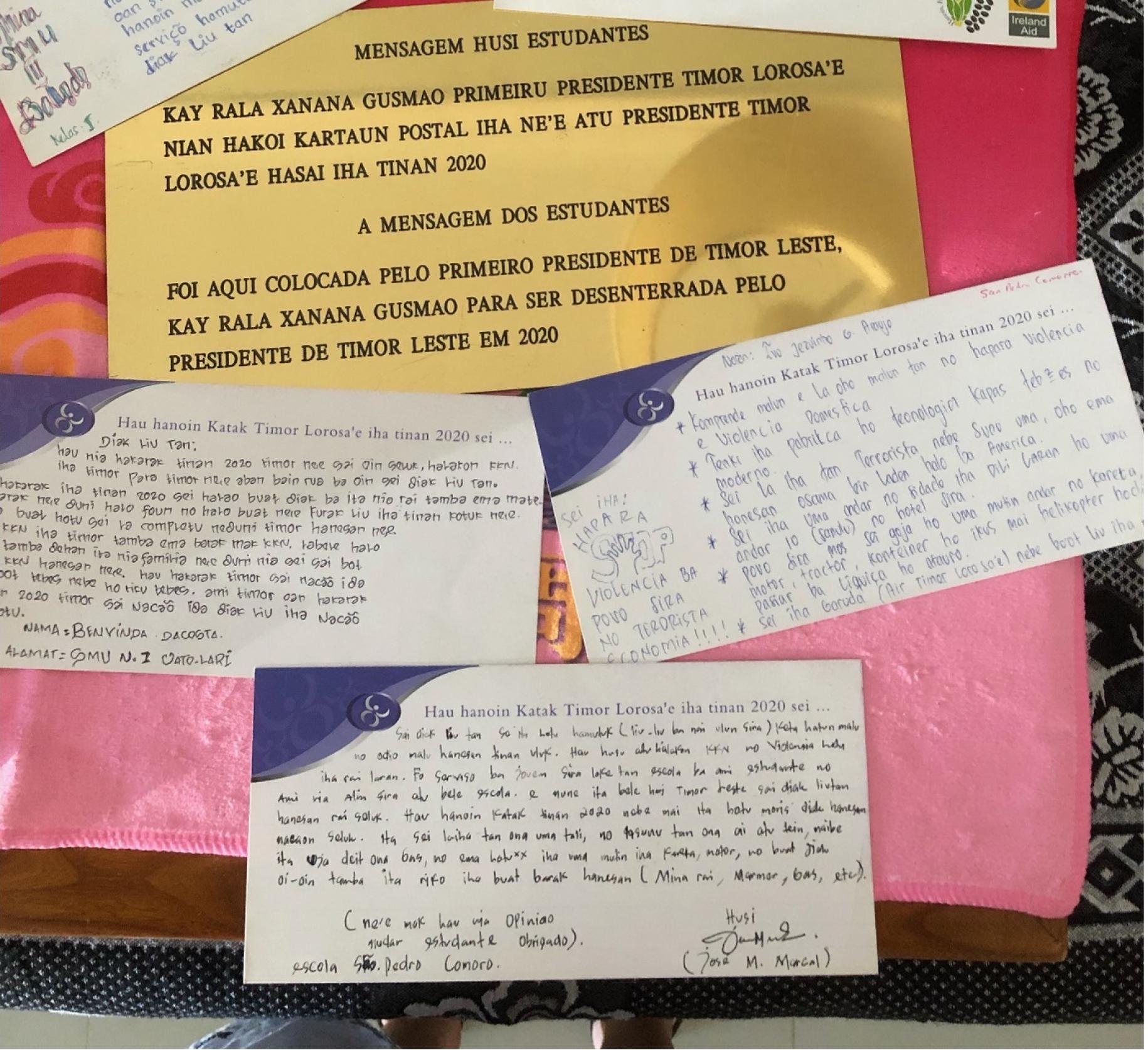
Timor-Leste’s second Voluntary National Review (VNR 2023)– an annual report which takes stock of and assesses national progress towards the Sustainable Development Goals, incorporates the voices of young people as an important accountability tool in the implementation of the SDGs and the 2030 agenda.
The report, which was presented at the UN High-Level Political Forum in New York in July, was not only guided the aspirations young people made 20 years ago but also by the perspectives and recommendations from todays’ young generation.
To gather these critical contributions and support the Government prepare for the VNR process our Resident Coordinator’s Office (RCO) in Timor-Leste played an indispensable coordination role; mobilizing both financial resources and expertise from the UN resident and non-resident agencies to help gather data and facilitate stakeholder engagement. As well as coordinating the first general consultation with government representatives and other stakeholders, our office also supported the government hold intergenerational dialogues and conversations to capture the essence of young peoples’ aspirations and ensure they feed into more targeted and inclusive policy making going forward.
As the Head of this Office, my role in leveraging our team’s leadership and coordination capacities was key to ensuring the UN’s support to Timor-Leste’ VNR was as coherent as possible, and vital to ensuring the voices of young people could shine through during that process.
Youth supporting peace and partnerships for the Goals
Drawing on youth insights from the country’s first ever VNR last year was another important step. The 2022 presentation showed that SDG 16 and SDG 17, which focus on peace, justice, strong institutions, and partnerships for the goals, were viewed by young people as crucial underpinnings for development in Timor-Leste.
Aside from this emphasis on strengthening justice systems and institutions, young people pointed to SDGs 4, 5, 8, 9, and 10, encompassing quality education, gender equality, decent work and economic growth, industry, innovation, and infrastructure, and reduced inequalities, as key catalysts to meeting the targets of the 2030 agenda.
From a youth perspective, Timor-Leste’s most significant successes from national development efforts over the past few years, lay in the areas of poverty reduction (SDG1), eradicating hunger (SDG2), improving access to clean water and sanitation (SDG 6) affordable and clean energy (SDG 7), reduced inequalities (SDG 10) and building safe, inclusive and sustainable cities (SDG 11).
Speaking ahead of the 2023 presentation of the VNR, a representative from the Government of Timor-Leste explained that they spotlighted young people’s voices in the SDG review process because it offers an important, ground-up perspective on key development issues and shows their expectations for the future.
As the postcards from the time-capsule clearly show, Timor-Leste’s journey towards a sustainable future is a shared one. Two decades later, and the Government of Timor Leste, together with the UN, and civil society partners remain committed to ensuring young people, their needs and desires are accounted for in the country’s progress towards the Sustainable Development Goals.
This blog was written by Head of the Resident Coordinator's Office in Timor-Leste Riccardo Mesiano. To learn more about the work of the UN in Timor-Leste visit Timorleste.un.org



